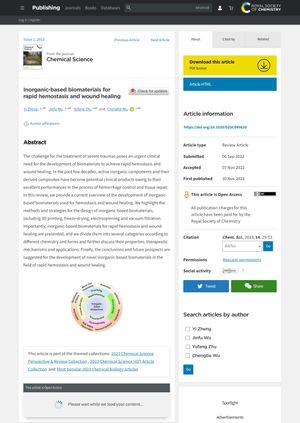TLDR Inorganic-based biomaterials can quickly stop bleeding and help wounds heal, but they may cause issues like sharp ion release and pH changes.
The document reviews the development and application of inorganic-based biomaterials for rapid hemostasis (stopping bleeding) and wound healing. Various manufacturing techniques like 3D printing, freeze-drying, electrospinning, and vacuum filtration are used to create these biomaterials. They have unique advantages such as higher surface energy, making them hydrophilic and capable of quickly absorbing water for ultra-rapid hemostasis. They also possess various functions like bioactive ion release, photothermal properties, magnetothermal properties, photodynamic properties, or conductivity. The document also discusses the use of these biomaterials for wound healing and hair follicle regeneration. However, challenges such as the sharp release of ions and large pH changes from inorganic-based biomaterials, which can negatively affect tissue healing, are also highlighted. The document suggests that future research should focus on designing biomaterials that mimic native components and processes of hemostasis and wound healing.
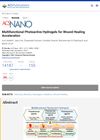 227 citations
,
December 2021 in “ACS Nano”
227 citations
,
December 2021 in “ACS Nano” Special hydrogels that respond to light can speed up wound healing and prevent infection.
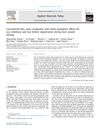 8 citations
,
May 2021 in “Applied Materials Today”
8 citations
,
May 2021 in “Applied Materials Today” New nano composite helps reduce scars and regrow hair during burn wound healing.
 50 citations
,
December 2020 in “Bioactive Materials”
50 citations
,
December 2020 in “Bioactive Materials” Wound dressing absorbs fluid, regenerates hair follicles, and heals skin burns.
 29 citations
,
May 2020 in “npj Regenerative Medicine”
29 citations
,
May 2020 in “npj Regenerative Medicine” Immune cells help regulate hair growth, and better understanding this can improve hair loss treatments.
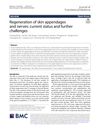 71 citations
,
February 2020 in “Journal of Translational Medicine”
71 citations
,
February 2020 in “Journal of Translational Medicine” Progress has been made in skin and nerve regeneration, but more research is needed to improve methods and ensure safety.
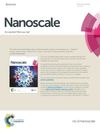 76 citations
,
January 2019 in “Nanoscale”
76 citations
,
January 2019 in “Nanoscale” Created material boosts hair growth and kills bacteria for wound healing.
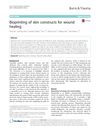 150 citations
,
January 2018 in “Burns & Trauma”
150 citations
,
January 2018 in “Burns & Trauma” Bioprinting could improve wound healing but needs more development to match real skin.
 518 citations
,
November 2014 in “Science”
518 citations
,
November 2014 in “Science” Skin grafting and wound treatment have improved, but we need more research to better understand wound healing and create more effective treatments.
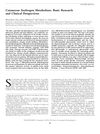 233 citations
,
November 2002 in “The journal of investigative dermatology/Journal of investigative dermatology”
233 citations
,
November 2002 in “The journal of investigative dermatology/Journal of investigative dermatology” Creating stronger blockers for skin enzymes might lead to better treatment for conditions like acne and excessive hair growth.
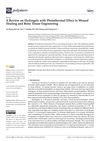 57 citations
,
June 2021 in “Polymers”
57 citations
,
June 2021 in “Polymers” Photothermal hydrogels are promising for infection control and tissue repair, and combining them with other treatments could improve results and lower costs.
 January 2024 in “Regenerative Biomaterials”
January 2024 in “Regenerative Biomaterials” Metal organic frameworks-based scaffolds show promise for tissue repair due to their unique properties.
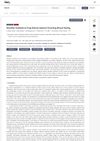 2 citations
,
June 2023 in “Pharmaceutics”
2 citations
,
June 2023 in “Pharmaceutics” Nanofiber scaffolds help wounds heal by delivering drugs directly to the injury site.
 2 citations
,
June 2023 in “Gels”
2 citations
,
June 2023 in “Gels” Injectable hydrogels are becoming increasingly useful in medicine for drug delivery and tissue repair.
 June 2025 in “Journal of Cluster Science”
June 2025 in “Journal of Cluster Science” Metal nanoparticles show promise for treating hair loss but need more research to ensure safety.
